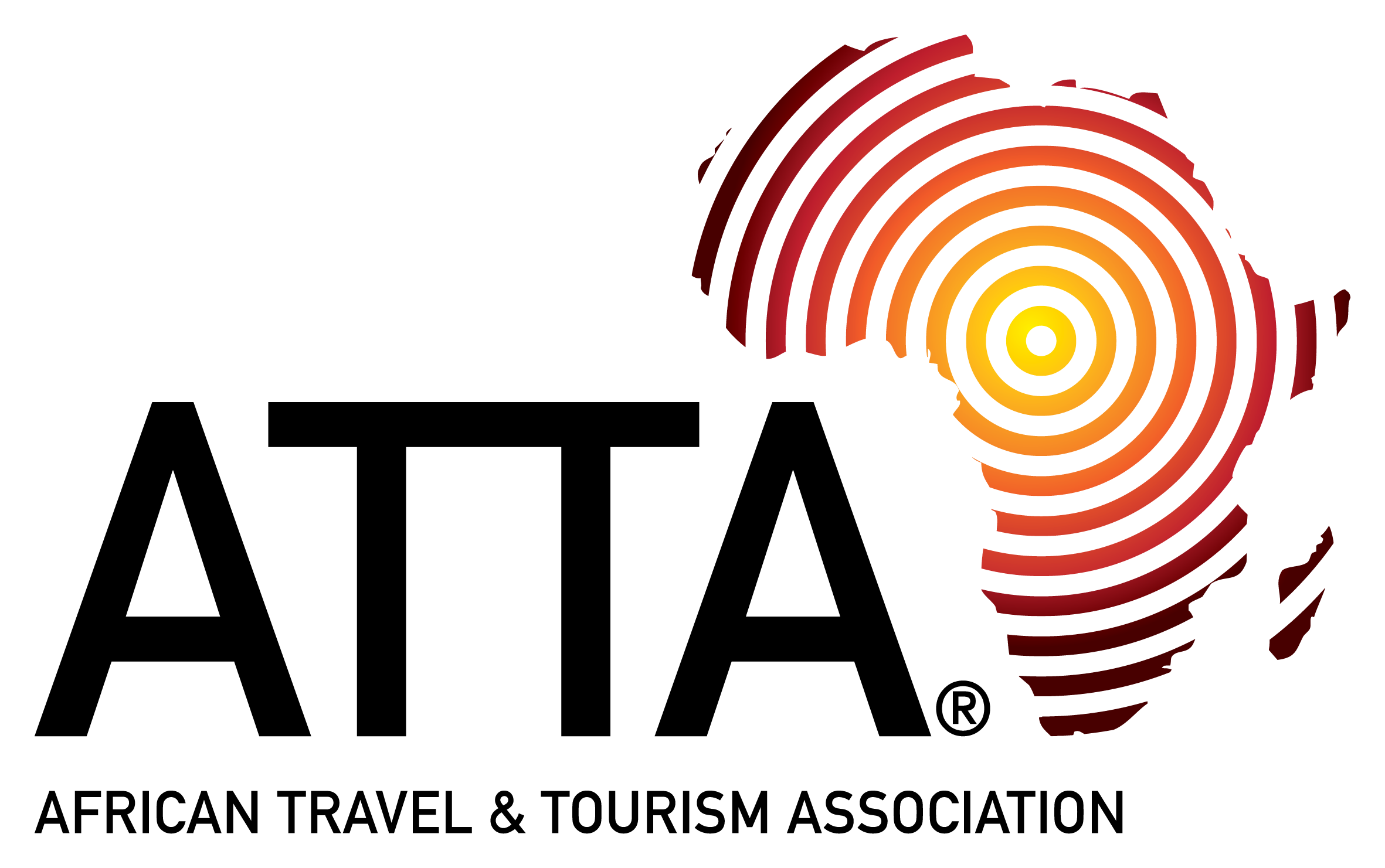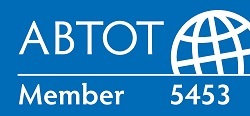Day 1: Arrive Arusha (1 night, Moivaro Lodge)
On arrival at the airport, you will be met by our driver/guide and transferred to Moivaro Lodge for one night (half-board)
Moivaro Lodge is set on a working coffee plantation on the outskirts of Arusha. Removed from the busy city centre, it’s a relaxed garden lodge offering accommodation in cosy cottage rooms. Facilities include a small swimming pool, gardens, and bar/lounge area.
This evening, the students will receive a climb briefing covering kit, camping arrangements, and what to expect on the mountain (climate, altitude etc), as well as tomorrow’s transfer times. This is a good chance to ask any questions you may have about the coming climb, particularly any concerns regarding kit.
Following the briefing, a group dinner will be arranged at Moirvaro Lodge.
Day 2: Start the 8-day Lemosho Route climb
The itinerary below gives an eight day climb via Shira Plateau, the southern flank, Barranco Wall and Barafu route. The descent is via the new wilderness Mweka Route.
After orientation and a thorough kit check, we will register at Londorossi Gate (please ensure that you send us your passport number and date of birth before the tour starts in order to ensure a quick registration.) Then, a short drive towards the trailhead at 2,350m, from where we begin our trek through the rainforest to camp 1 at Big Tree (2,785m).
Lemosho is an exciting wilderness route, which we use to avoid the overcrowding common on the more popular Machame and Marangu routes. Our trek today will take us along a little-used track, starting at the Lemosho Glades. In places the vegetation is so undisturbed that it grows right across the narrow track. Flora and fauna are richer here than on other, more trodden routes through the rainforest.
Day 3: To Shira Caldera
The day begins with a tough trek involving a height gain of over 600m, taking us to a lunch stop in a beautiful valley just outside the Shira Crater at around 3,050m.
After lunch we head up a long ridge before dropping down into the Shira Caldera – a high altitude desert plateau rarely visited by man. Shira is the third of Kilimanjaro’s volcanic cones. It is filled with lava flow from Kibo, its rim eroded and blasted away by weather and volcanic action.
Today you can expect to get your first close views of Kibo – the dramatic summit cone of Kilimanjaro.
Camp at Shira One (3,500m).
Day 4: To Shira Hut
Depart camp early for a two to three hour trek east across Shira Plateau, via Simba Camp (3,720m), to our camp on the eastern slopes of Shira. Tonight’s camp is located at Shira Huts (3,895m), about an hour’s walk from Simba.
Optional and recommended early morning start for those wanting to try the acclimatizing trek to Shira Cathedral (3,860m). The views from the top of this ridge are very special (though those with vertigo should take care). If taking the Shira Cathedral detour, today’s trek will be about 5 hours.
Day 5: To Barranco Camp
A superb day’s trek that takes us to the southern flank, then down the spectacularly scenic Barranco Valley to our camp at 3,900m, Barranco Huts.
This is only slightly higher than our camp at Shira Huts, but our trek past Lava Tower and Arrow Glacier will have taken us over 4,500 metres, offering valuable altitude acclimatisation.
Today the Lemosho route merges with Machame route, so you can expect to see more groups in camp tonight.
The camp at Barranco is one of the most spectacular on Kilimanjaro, with dramatic views of Kibo.
Today’s trek will take approximately 7 hours.
Day 6: To Karanga Valley Camp
Early morning climb up Barranco Wall (4,270m), with 800ft. of steep climbing and 400ft. of easy ascent, to admire the views of Meru and the plains far below.
We then continue on a steep ridge to Karanga Valley Camp (4,100m), where we have a relaxed afternoon and dinner.
This afternoon there will be an optional and highly useful acclimatization trek to just below the glaciers, which will allow you to try scree walking, for those members of the group with energy reserves to spare.
Day 7: To Barafu Ridge Camp
Today we take the traverse route to reach Barafu Ridge Camp (4,680m), progressing at a slow but steady pace on account of the altitude.
The trek up Barafu Ridge is tough and exposed to cross winds and the elements. Dinner will be served early and we encourage an afternoon bedtime in order to ensure you are well rested for tomorrow’s attempt on the summit.
For those who with the extra stamina, there is an optional acclimatising trek that will take you a few hundred feet higher, and which can be completed before dinner.
Day 8: Kilimanjaro Summit Climb
Rise at midnight to commence the trek up the scree slopes between the Rebmann and Ratzel glaciers to Stella Point (5,735m), on the rim of the crater.
We expect to reach the crater around dawn, then continue around the rim to the highest point, Uhuru Point (5,895m) – the top of Africa! We take a moment to enjoy the amazing views from the summit, before returning to Stella point & then down the scree via Barafu Ridge to Mweka High Camp (3,820m).
This is likely to be the toughest trek that most in the group will have ever experienced, involving approx. 1,200m of ascent, nearly 2,500m descent, and 12 to 15 hours of walking. Good effort!
Day 9: To the Gate via Mweka. Overnight Moivaro Lodge
Walk down across the Alpine moorland and through the forested foothills to Mweka Gate (1,650m) for a picnic lunch, presentation of certificates and group photo.
This is a long walk-off lasting 5 to 6 hours, and perhaps even longer if there is rain on the route.
As the southern flank tends to receive more rain, it is quite likely that you will encounter wet and very muddy conditions in the rainforest section on this last day. Please be prepared for this and do not expect an easy jaunt back to the gate! Nevertheless, the route is very beautiful and well worth the effort.
After lunch, we drive approx. 2 hours to Moivaro Lodge for a well-earned hot shower, dinner & rest.
Gane & Marshall
Unforgettable journeys,
tailor-made for you.
Kilimanjaro Summit Climb
Kilimanjaro is one of the top trekking destinations for student groups, providing a very real but achievable challenge, that of climbing the highest free-standing mountain in the world. Though a strenuous and highly challenging climb, Kilimanjaro is accessible enough that even first-time climbers can ascend to the summit, provided they have the right training and support before and during their trek.
Outline Itinerary
Private Expeditions
Please contact the office for more information



